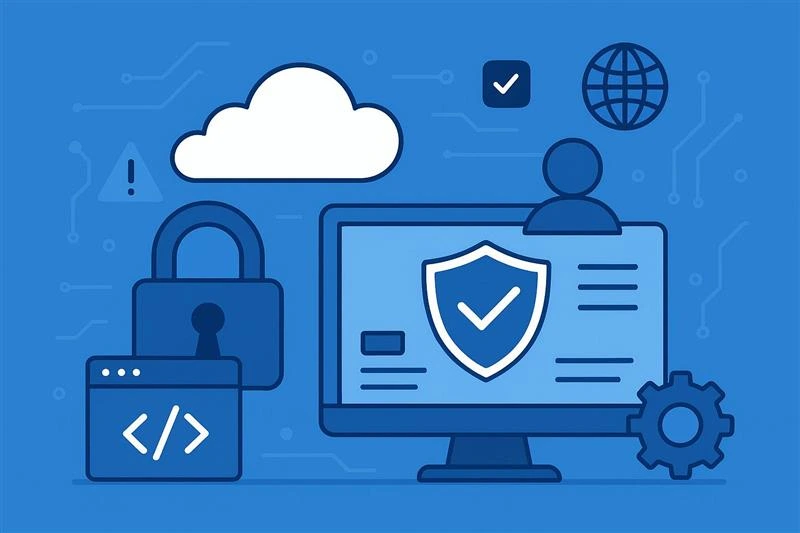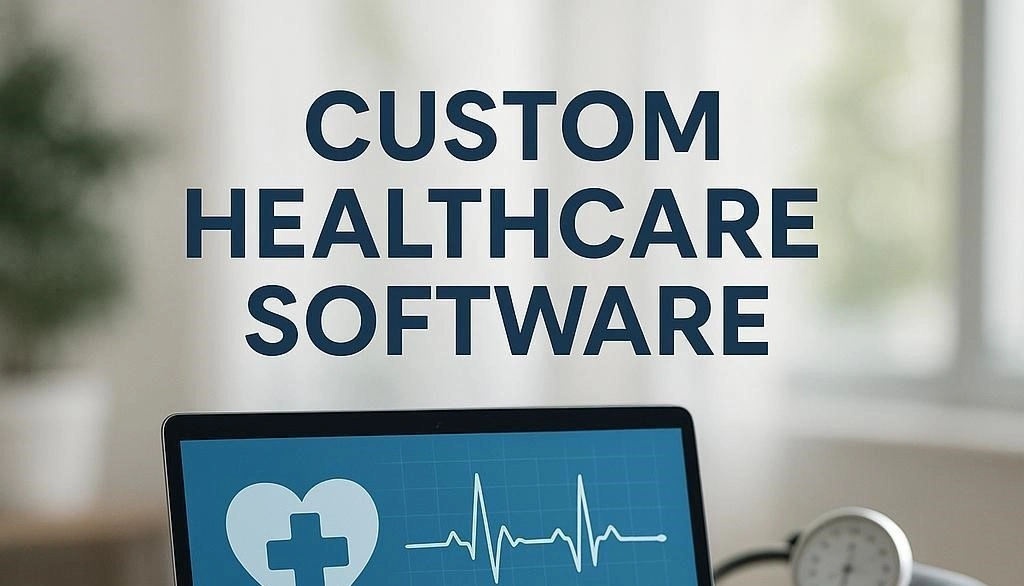Cybersecurity Best Practices for SMEs: From Code to Cloud
27 Nov 2025Cybersecurity Best Practices for SMEs: From Code to Cloud
Running a small or mid-sized business today means handling more digital data than ever: from customer information and online transactions to internal systems in the cloud. As much as technology opens the gateway to growth, it exposes companies to cyber dangers that have previously been pertinent only to large enterprises. Many SMEs mistakenly believe that attackers will not find them worth the effort; in reality, precisely the opposite holds. Cybercriminals target smaller businesses because their defences are weaker compared to larger companies, making them easier to compromise.
Why Cybersecurity Matters for SMEs
One breach can cost an SME much more than money: customer confidence, operational disruption, long-term reputational damage. Reports over recent years have indicated that a high percentage of cyber-attacks are aimed at small businesses, and there's good reason for this-the attackers know that many of them are unprepared. Ransomware and stolen customer data have been the source of many news stories, with potentially disastrous results: days of downtime, regulatory fines for failing to protect personal information, and the long journey of restoring customer trust.
But beyond immediate financial losses, compliance requirements are only tightening worldwide. Whether your business deals with customer payment information, health data, or simply keeps records of employee data, you are liable for its protection. In short, robust cybersecurity practices are no longer a good-to-have; they're a must-have for SMEs seeking stability and growth.
Core Security Fundamentals
The foundation of every good security strategy involves the basics. Basic measures are relatively inexpensive and can greatly minimize the risk for a data breach.
Strong Password Policies
Weak or reused passwords remain one of the most common entry points for attackers. Establish a password policy that enforces complexity, frequent updating, and forbids password reuse across systems. Password managers can help employees maintain secure, unique passwords without extra hassle.
Multi-Factor Authentication (MFA)
MFA adds an additional layer of protection whereby users verify their identity by something they know-password-and something they have-device or code. Even when one's password has been compromised, MFA can block unauthorized access. Turning MFA on for all critical systems-email, cloud dashboards, admin tools-should be non-negotiable.
Data Encryption
Data encryption in transit and at rest ensures that, even if attackers intercept information, they cannot read it. These days, most cloud platforms and software tools offer in-built encryption, which SMEs just need to switch on and verify is correctly configured.
Regular Patching and Updates
Cyber risks are ever-changing. Although software vendors often provide patches for vulnerabilities, once those vulnerabilities are publicly known, attackers quickly take advantage. Keeping operating systems, apps, and devices updated is one of the most straightforward, yet effective cybersecurity best practices.
Reliable Backups
Regular automated backups can ward off data loss from a cyberattack, hardware failure, or human error. Backups performed regularly should be kept in a secure, segregated environment-offsite or in the cloud-and restorations tested periodically. A backup strategy often means the difference between quick restoration of operations or days of downtime.
Secure Software Development Practices
For SMEs, which are involved in developing their digital products or internal tools, security needs to be integrated throughout the development lifecycle. This would help prevent incidents and save time and cost by addressing early vulnerabilities in the application lifecycle.
Secure Coding Standards
Developers should, whenever possible, implement existing secure coding guidelines to prevent common issues such as SQL injection, cross-site scripting, and insecure authentication flows. Integrating these standards into daily development reduces the number of initial vulnerabilities.
Code Reviews
Mistakes that automated tools miss are often caught in peer reviews. Code reviews provide a great way to ensure knowledge is shared, improve code quality, and prevent security risks from being introduced with new features.
Vulnerability Scanning
The automated scanning tools provide a means for finding weaknesses in applications before they reach production. These types of scans need to be part of your continuous integration or build processes, so that every release is checked for known vulnerabilities.
Dependency Management
Modern applications depend on third-party libraries. While these are convenient, outdated or abandoned dependencies can expose your systems to serious risks. Keep all the libraries updated and make use of tools that will alert developers when patches or critical fixes are available.
Cloud & Remote Work Security
Many SMEs today operate across distributed teams and cloud-based systems, bringing about both flexibility and new concerns. Securing both the cloud platforms and remote devices becomes paramount to maintain seamless business operations.
Secure Cloud Configuration
Cloud providers offer a slew of security tools: identity management, firewall rules, SME data protection, encryption options-but these features need correct configuration. Misconfiguration of cloud buckets, open ports, or public dashboards are often at the root of data leaks. Run periodic cloud security reviews to make sure settings are configured properly.
Access Controls
Limit access by role and responsibility. Not every employee need admin right, and too-broad permissions raise the likelihood of mistakes or misuse. Apply the principle of least privilege-employees need only the tools and data relevant to their functions.
Remote Device Management
The remote work world has eliminated the home-work dichotomy. SMEs should mandate secure device policies, such as antivirus tools, automatic updates, disk encryption, and wipe capability for lost or stolen devices. Consideration can be given to VPN as an additional layer to protect the traffic between home workers and internal systems.
Employee Training & Incident Response
While having the best technologies in place may help, human error is one of the major contributors to breaches. It is all about creating a culture of security awareness.
Security Awareness Training
Workers should be taught to identify phishing emails, avoid downloading files from unsafe locations, and not disclose sensitive information. Regular workshops, mock phishing, and bite-sized training modules will ingrain safe habits.
Incident Response Planning
No organization is immune to cyber incidents. Prepared SMEs respond faster, minimize damage, and restore normal operations more effectively. A good incident response plan includes:
- Clear reporting procedures
- Roles and responsibilities
- Containment of the problem - steps
- Communication guidelines
- Post-incident reviews
Testing of the plan periodically ensures that all people know what to do when a problem occurs.
Strengthening small business cybersecurity does not have to be overwhelmingly or expensively challenging. From secure code down to cloud configuration, the right practices will enable SMEs to protect data, adhere to regulations, and earn customer trust. If your business needs help evaluating its preparedness, consider booking a professional security audit with Trawlii to identify risks before any data breaches.




